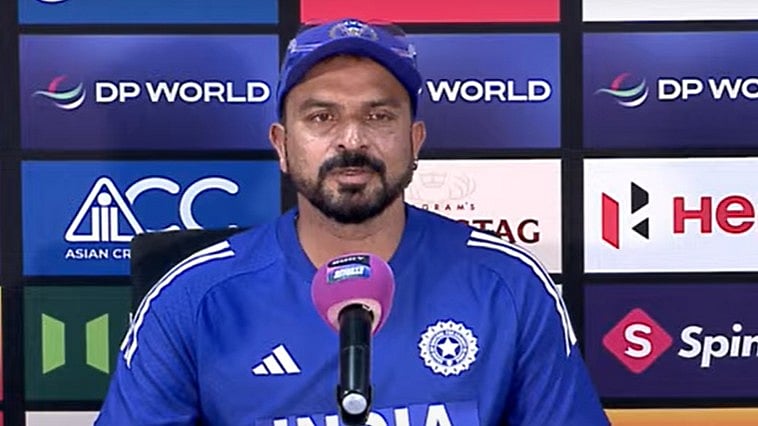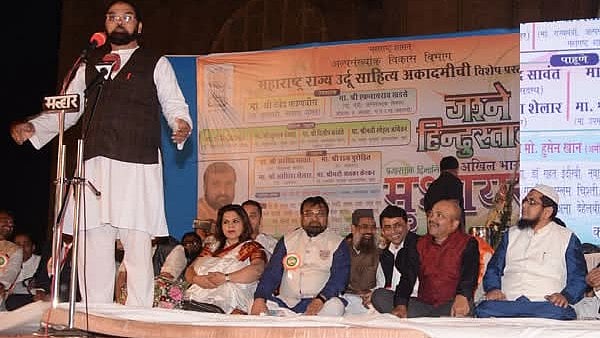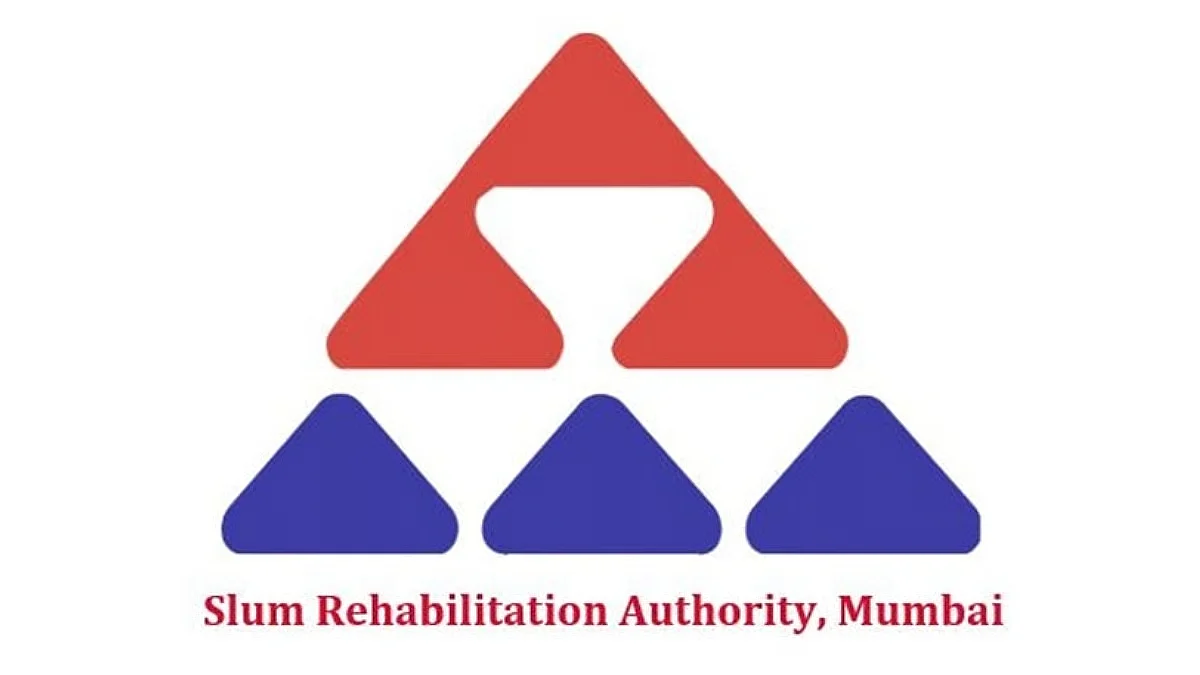Mumbai: Civic authorities in Mumbai are tackling ongoing flooding trouble spots throughout the city by devising strategies to mitigate waterlogging and sudden floods. After the intense downpour on May 26, delivering almost 200 mm of rain within a few hours, the Brihanmumbai Municipal Corporation (BMC) decided to enlarge the current drains to improve their ability to manage up to 120 mm of rainfall each hour. The intense rainfall not only led to significant flooding but also revealed the shortcomings of the drainage system, which could not handle the sudden surge of water.
Historically, the primary drains were built to handle around 25 mm of rain per hour, and after the flooding in 2006, strategies were developed to increase this capacity to 55 mm over time. Nonetheless, recent severe weather occurrences have prompted a reassessment of these capabilities, resulting in a demand for additional alterations to the primary drainage systems to more effectively manage increased rainfall.

Mumbai's drainage system includes roughly 261.52 km of major drains (drains wider than 1.5 meters) and 411.56 km of minor drains (drains narrower than 1.5 meters), alongside several other varieties, resulting in a total length of around 3,800 km according to a report by Indian Express.
Improvements to this drainage system are essential for boosting the city's ability to withstand flooding threats, especially in the monsoon season. These advancements highlight the necessity for continued investment and adjustment in urban infrastructure to address the challenges presented by progressively severe weather patterns.
The drains in Mumbai, integral to the city’s drainage, date back to the mid-20th century colonial period. Escalating population and altered rainfall patterns have increased water flow, necessitating the expansion of drains to accommodate higher volumes. The Brihanmumbai Municipal Corporation (BMC) has pinpointed flooding hotspots, particularly in the island city, indicating the need for drain enhancement.
They plan to collaborate with specialized agencies like IIT or VJTI to assess and recommend necessary widening. Alongside this, the authorities aim to improve water movement through localized feedback and targeted actions, such as installing mesh to prevent debris blockage. This holistic approach emphasizes infrastructure upgrades and community involvement to bolster Mumbai's drainage capability during heavy rainfall events.








